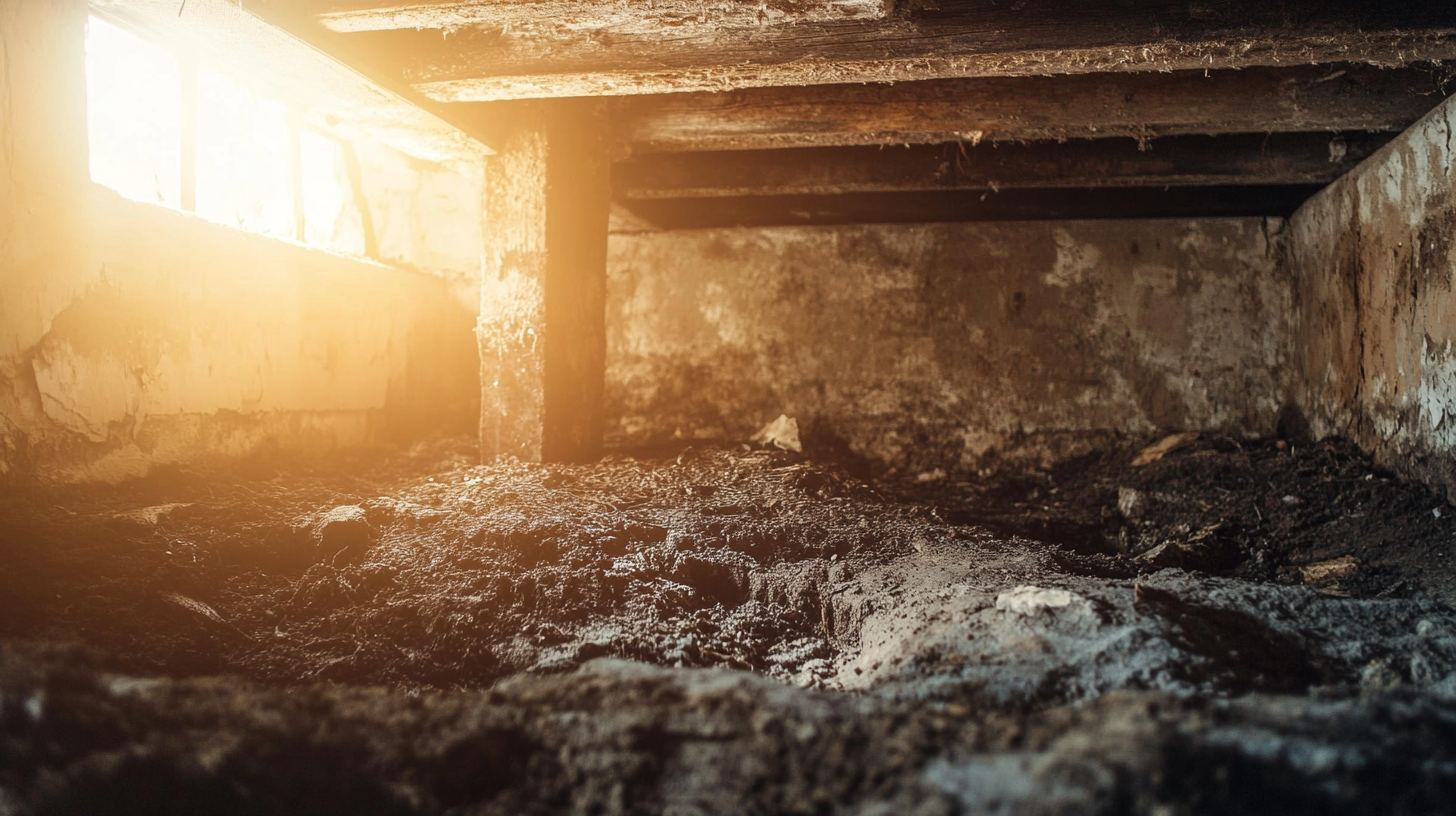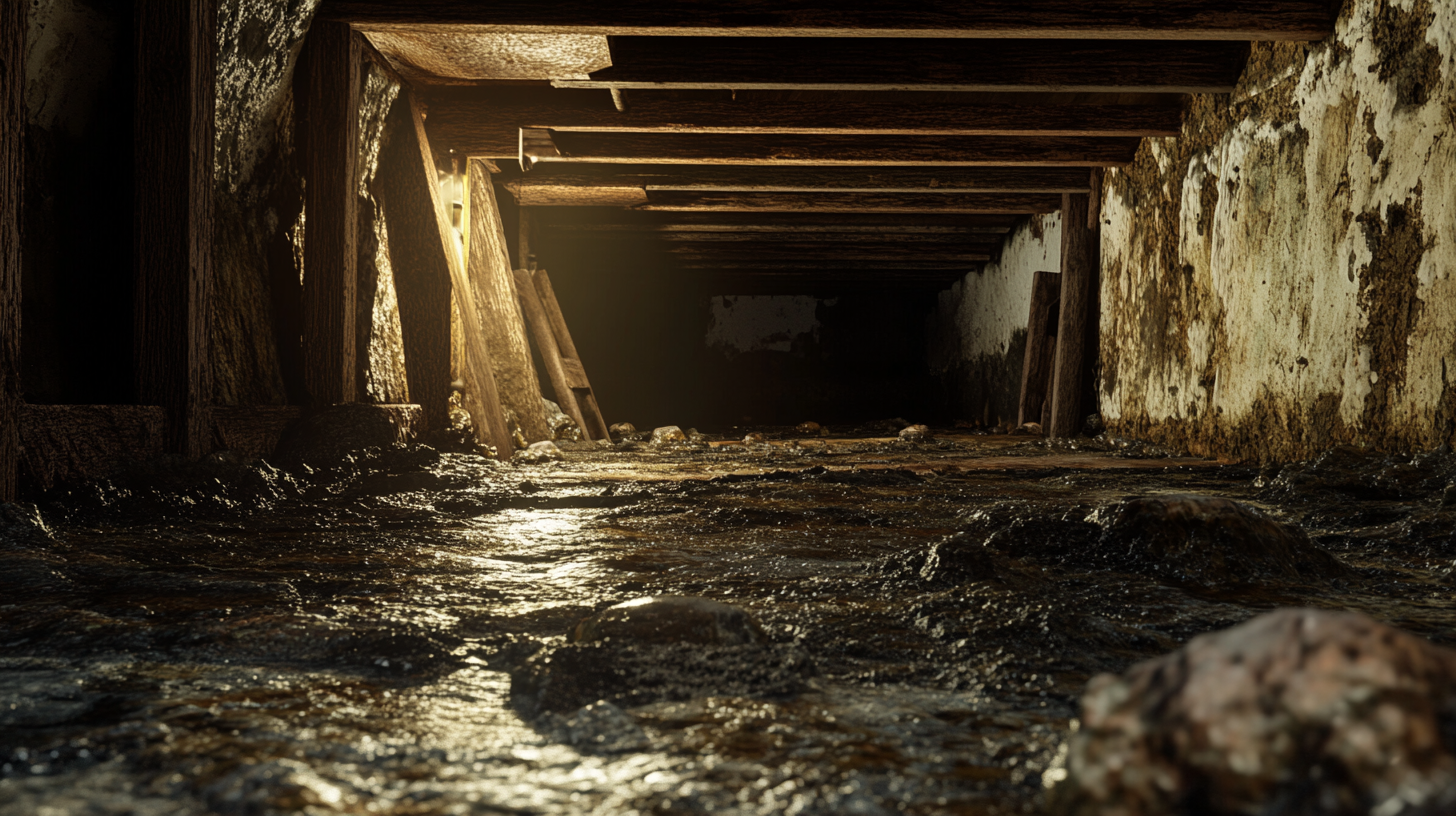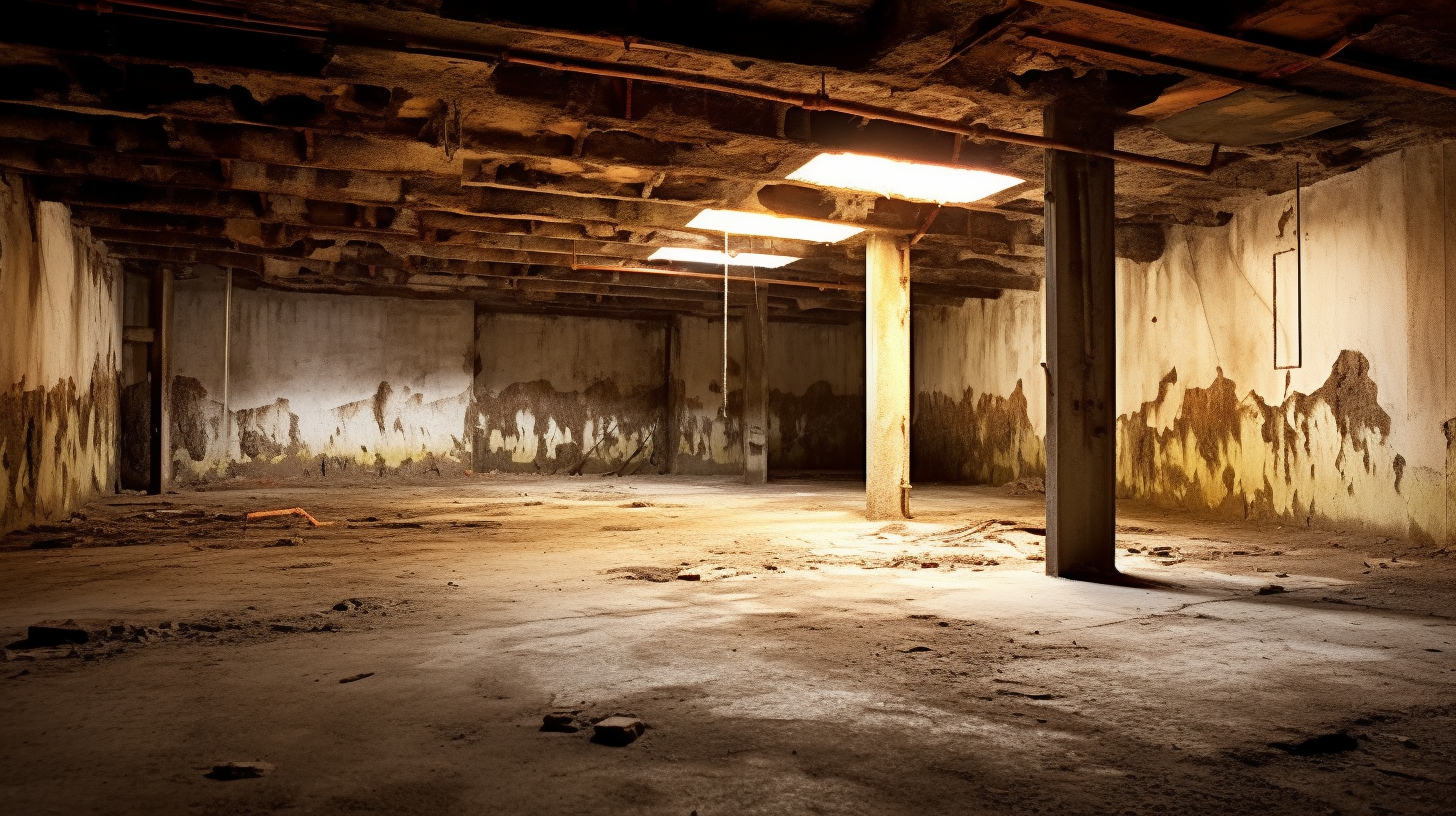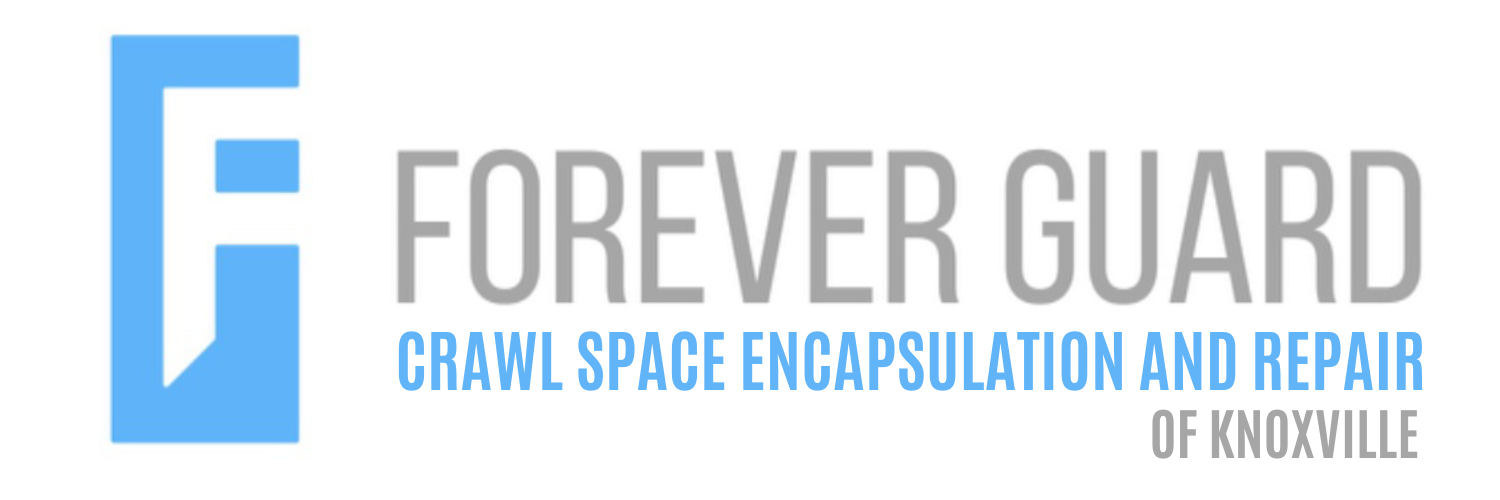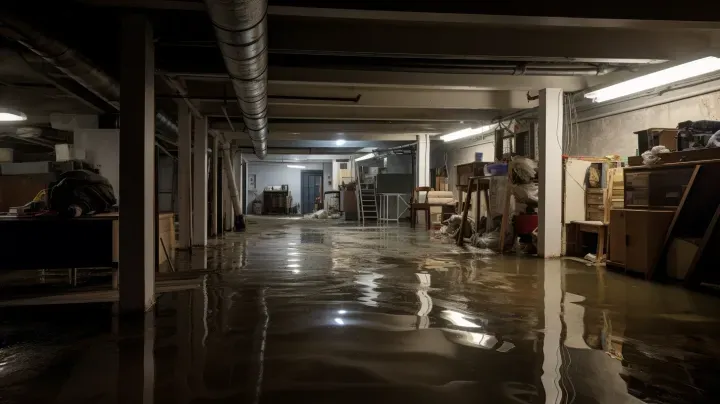Now IS THe Time To...

Crawl Space Services In Knoxville, TN
Stetson Howard: 865-432-6743
CRAWL SPACE ENCAPSULATION, REPAIR, WATERPROOFING & MOLD REMOVAL
No-Obligation, Free Inspections
No-Obligation Free Estimates
We Warranty All of Our Work
100% Satisfaction Guaranteed
Welcome to our comprehensive exploration of waterproofing, an often-overlooked yet critical aspect of building maintenance. In this blog, we delve into the world of waterproofing, unveiling its significance in preserving the structural integrity and longevity of buildings.
Understanding Waterproofing in Building Maintenance
Waterproofing is not just a preventive measure; it's a vital investment in the health and durability of a building. Effective waterproofing protects against a myriad of issues – from water damage and mold growth to structural deterioration and insulation problems. It plays a pivotal role in ensuring a safe and comfortable environment for occupants, whether in residential homes, commercial buildings, or industrial facilities.
Introduction to the Two Main Types: Interior and Exterior Waterproofing
Waterproofing can be broadly categorized into two main types, each addressing different needs and challenges:
Interior Waterproofing: This type focuses on preventing moisture from affecting the interior spaces of a building. It includes solutions like sealants, coatings, and sump pumps, which are crucial in areas prone to dampness, such as basements, bathrooms, and kitchens.
Exterior Waterproofing: This involves protecting the building's external surfaces and structure from water ingress. Techniques include the use of membranes, coatings, and drainage systems, which are essential for safeguarding the building's foundation, walls, and roof from the external elements.
In this blog, we will guide you through the nuances of both interior and exterior waterproofing, highlighting their importance, application methods, and key considerations. Whether you're a building owner, a property manager, or simply keen on building maintenance, this guide will equip you with the knowledge to make informed decisions about protecting your property against water-related challenges.
Join us as we navigate the critical world of waterproofing, a cornerstone in the realm of building maintenance.
Understanding Waterproofing Basics
Waterproofing is a fundamental aspect of construction and building maintenance, essential for protecting structures from water-induced damage. This section will define waterproofing, explain its importance for structural integrity and health, and outline the key principles that make waterproofing effective, both for interior and exterior applications.
What is Waterproofing?
Definition and Purpose of Waterproofing in Construction
Waterproofing refers to the process of making a structure water-resistant or waterproof so that it remains relatively unaffected by water or resisting the ingress of water under specified conditions. This can include various methods and materials used to protect the structural integrity of buildings from moisture, water seepage, and the adverse effects of water exposure.
Importance of Waterproofing for Structural Integrity and Health
- Protects Structural Integrity: Waterproofing prevents water from seeping into critical areas of a building, thereby protecting its structural components from deterioration.
- Prevents Health Issues: By keeping interiors dry, it helps prevent the growth of mold and mildew, which are harmful to human health.
- Enhances Building Durability: Effective waterproofing contributes to the overall durability and longevity of the building, reducing the need for frequent repairs
Key Principles of Effective Waterproofing
Basic Principles That Govern Both Interior and Exterior Waterproofing
The effectiveness of waterproofing relies on several key principles:
- Proper Material Selection: Choosing the right waterproofing materials based on the specific requirements of the area being treated.
- Thorough Application: Ensuring complete coverage and proper application techniques to avoid gaps or weak points.
- Regular Maintenance and Inspection: Regular checks and maintenance are crucial to ensure the ongoing effectiveness of waterproofing measures.
Role of Waterproofing in Preventing Damage and Prolonging Lifespan of Structures
- Prevents Water Damage: Waterproofing acts as a barrier against water ingress, which can cause significant damage to various parts of a building.
- Prolongs Lifespan: By protecting against water damage, waterproofing extends the lifespan of a building, making it a cost-effective solution in the long term.
- Enhances Property Value: A well-maintained and effectively waterproofed building maintains or increases its value over time.
Exterior Waterproofing Explained
Exterior waterproofing is a critical component in protecting buildings from water damage. It involves various methods and materials designed to prevent water from penetrating building exteriors and causing structural damage. This section will introduce common methods and materials used in exterior waterproofing, discuss the benefits, and address potential challenges and considerations.
Methods and Materials
Introduction of Common Methods and Materials Used in Exterior Waterproofing
Exterior waterproofing employs a range of methods and materials:
- Membrane Systems: These include sheet-based and liquid-applied membranes that create a barrier to water on surfaces like roofs, walls, and foundations.
- Liquid Coatings: Waterproof coatings, such as elastomeric and bituminous coatings, are applied to exterior surfaces to repel water.
- Drainage Solutions: Proper drainage systems are essential in exterior waterproofing, helping to direct water away from the building's foundation.
Benefits of Exterior Waterproofing
Discussing the Advantages
Exterior waterproofing offers several key advantages:
- Preventing Water Penetration: It stops water from entering the building, thereby preventing issues like mold growth and structural damage.
- Protecting Structural Integrity: By keeping water out, it maintains the structural strength and stability of the building.
Long-Term Benefits in Terms of Maintenance and Damage Prevention
- Reduced Maintenance Costs: Effective waterproofing minimizes the need for frequent repairs and maintenance.
- Damage Prevention: It helps in avoiding costly damage repairs caused by water infiltration over time.
Challenges and Considerations
Potential Challenges in Implementing Exterior Waterproofing
Implementing exterior waterproofing can come with challenges:
- Complex Installation: Some waterproofing systems may be complex to install, requiring skilled labor and expertise.
- Building Age and Condition: Older buildings might present unique challenges due to their existing structure and materials.
Considerations Such as Climate, Soil Type, and Building Design
- Climate: The choice of waterproofing materials and methods can depend on the local climate, such as areas with heavy rainfall or freezing temperatures.
- Soil Type: Soil characteristics can influence the choice of foundation waterproofing methods.
- Building Design: The architectural design of a building can dictate the waterproofing approach, especially in buildings with unique or intricate designs.
Interior Waterproofing Demystified
Interior waterproofing is an essential aspect of protecting buildings from the damaging effects of moisture and water infiltration. Unlike exterior methods, interior waterproofing focuses on managing water that has already entered the structure. This section will explore various interior waterproofing methods, their advantages, and limitations, providing insights into their suitability for different buildings and situations.
Techniques and Approaches
Description of Various Interior Waterproofing Methods
Several methods are used for interior waterproofing:
- Sealants: These are applied to walls and floors to seal cracks and prevent moisture seepage.
- Interior Weeping Tile Systems: Also known as internal perimeter drain systems, these collect water from the basement and direct it away from the structure.
- Waterproof Coatings: These coatings are applied to interior surfaces to create a moisture barrier.
Suitability for Different Types of Buildings and Situations
- Older Buildings: Interior methods are often more suitable for older buildings where exterior waterproofing may be impractical or too invasive.
- Basements: Particularly effective in basements prone to dampness or occasional flooding.
- Limited Access Areas: Ideal for situations where exterior access is restricted or not possible.
Advantages of Interior Waterproofing
Benefits Such as Cost-Effectiveness and Ease of Installation
Interior waterproofing offers several benefits:
- Cost-Effectiveness: Generally less expensive than exterior methods due to easier access and less labor-intensive installation.
- Ease of Installation: Can often be completed more quickly and with less disruption to the building and its occupants.
Situations Where Interior Waterproofing is the Preferred Choice
- High Water Tables: Effective in areas with high water tables where exterior waterproofing alone may not be sufficient.
- Retrofitting: Ideal for retrofitting existing buildings where exterior excavation is not feasible.
Limitations and Drawbacks
Discussing the Limitations of Interior Waterproofing
While beneficial, interior waterproofing has its limitations:
- Not Addressing External Water Infiltration Directly: It manages water after it has entered the building, rather than preventing entry.
- Potential for Humidity Issues: Can lead to increased humidity levels inside if not properly managed.
Potential Issues with Long-Term Effectiveness and Aesthetic Considerations
- Aesthetic Impact: Some interior waterproofing methods may affect the appearance of interior spaces.
- Maintenance Requirements: May require ongoing maintenance to ensure effectiveness.
Comparing Interior and Exterior Waterproofing
Choosing between interior and exterior waterproofing is a critical decision in building maintenance and protection. Each method has its unique advantages, costs, and application processes, making it important to understand their differences. This section will compare these two approaches in terms of suitability for different structures, cost implications, and installation and maintenance requirements.
Suitability for Different Structures
Analysis of Which Type of Waterproofing is Suitable for Various Building Types and Conditions
The suitability of interior or exterior waterproofing varies depending on several factors:
- Building Age: Older buildings might favor interior waterproofing due to structural limitations for exterior methods.
- Location and Climate: Buildings in areas with heavy rainfall or high water tables may require robust exterior waterproofing.
- Existing Damage: The extent and type of existing water damage can influence the choice; extensive external damage might necessitate exterior waterproofing.
Factors Influencing the Decision
- Accessibility: Exterior waterproofing requires access to the building's outer surfaces, which might be limited in urban or densely built areas.
- Historical Preservation: For heritage buildings, less invasive interior waterproofing might be preferable to preserve the exterior aesthetics.
Cost Comparison
Comparative Analysis of the Costs Involved in Interior vs. Exterior Waterproofing
The cost of waterproofing can vary significantly:
- Initial Costs: Exterior waterproofing often involves more labor and materials, making it more expensive initially compared to interior methods.
- Long-Term Cost Implications and Return on Investment
- Durability: Exterior waterproofing, while more costly upfront, can offer longer-lasting protection, potentially reducing long-term maintenance costs.
- Effectiveness: The effectiveness of the method in preventing future damage also plays a role in long-term financial implications.
Installation and Maintenance
Comparison of the Installation Processes and Maintenance Requirements for Both Types
- Installation: Exterior waterproofing is generally more labor-intensive, often involving excavation, which can be disruptive. Interior waterproofing is usually less invasive.
- Maintenance: Both types require regular inspections, but the accessibility of interior waterproofing can make maintenance easier and less costly.
Considerations for Choosing Based on Accessibility and Disruption
- Resident Disruption: For apartment buildings or occupied structures, interior waterproofing might be less disruptive to residents.
- Project Timeline: Exterior waterproofing projects can be more time-consuming due to their scope and the potential need for excavation.
Making the Right Choice for Your Building
Choosing the right waterproofing method is crucial for the longevity and safety of any building. This decision should be based on a thorough assessment of the building's specific needs and a careful consideration of the benefits and limitations of both interior and exterior waterproofing. This section will guide you through assessing your waterproofing needs and how to make an informed decision that best suits your building.
Assessing Your Waterproofing Needs
Guidelines on How to Assess a Building’s Specific Waterproofing Needs
To accurately assess your building's waterproofing needs, consider the following steps:
- Identify Problem Areas: Look for signs of water damage, such as damp walls, mold growth, or water stains.
- Understand Your Building’s Structure: Different structures have different waterproofing needs. Factors like building age, construction materials, and architectural design play a crucial role.
- Consider Environmental Factors: Local climate, soil conditions, and water table levels can impact the type of waterproofing needed.
Importance of Professional Evaluations for Accurate Assessment
- Expert Insight: A professional can provide a comprehensive evaluation, identifying not only current issues but also potential future problems.
- Tailored Solutions: Professionals can recommend solutions that are specifically tailored to your building’s needs.
Balancing Benefits and Limitations
How to Weigh the Pros and Cons of Interior and Exterior Waterproofing
When deciding between interior and exterior waterproofing, consider the following:
- Effectiveness: Exterior waterproofing is often more effective in preventing water from entering the building, but it may not be feasible for all structures.
- Cost: Interior waterproofing can be less expensive and less disruptive, but it may not address the root cause of water ingress.
Making an Informed Decision Based on Building-Specific Factors
- Long-Term Implications: Consider the long-term maintenance and potential future repairs. An initially more expensive option might offer better long-term savings.
- Building Usage: The building's function can influence the choice. For instance, buildings with basements used as living spaces might prioritize robust interior waterproofing.
- Regulatory Compliance: Ensure that the chosen waterproofing method complies with local building codes and regulations.
FAQs
Recent Blog Posts
Crawl Space News
